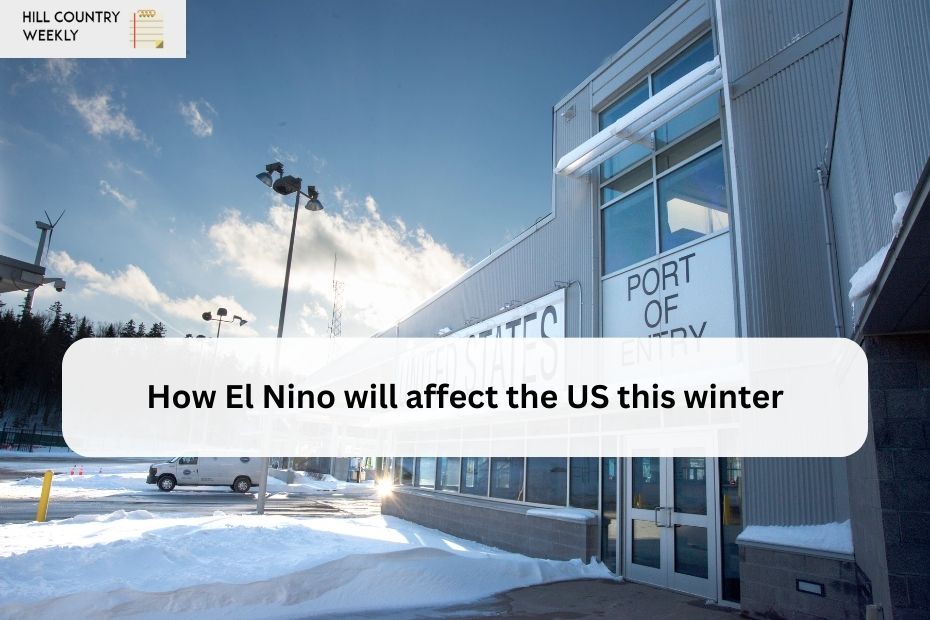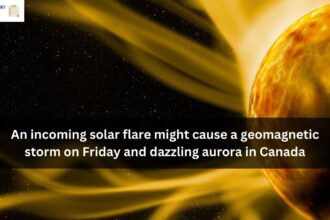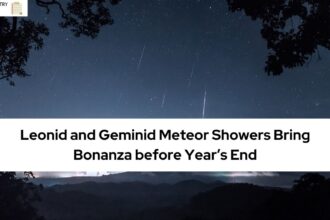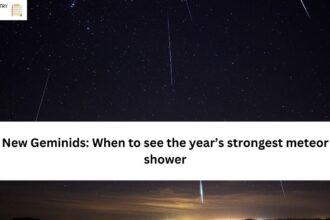Introduction
The weather patterns are about to perform their annual dance, and this time, El Niño is stepping into the spotlight. El Niño, the warm phase of the El Niño-Southern Oscillation (ENSO) cycle, has the potential to sway weather conditions around the globe. In this detailed exploration, we’ll dissect the intricate ways in which El Niño might affect the United States this winter. From snowfall patterns to temperature fluctuations, let’s embark on a meteorological journey to understand the unique nuances of El Niño’s influence on the US.
Understanding El Niño: Nature’s Complex Choreography
El Niño is a climatic phenomenon characterized by the periodic warming of sea surface temperatures in the central and eastern tropical Pacific Ocean. This seemingly subtle change sets in motion a cascade of atmospheric events, reshaping weather patterns across continents. While its effects can be diverse and multifaceted, scientists have deciphered certain trends in how El Niño typically impacts the United States.
Temperature Rollercoaster: Warmer or Wetter?
El Niño often brings milder winter temperatures to the northern parts of the US, while the southern regions might experience cooler temperatures. The phenomenon is also associated with increased precipitation, translating into wetter conditions across the southern states. However, it’s essential to note that El Niño’s impact is nuanced and can vary widely, leading to unexpected weather anomalies.
Snowfall Surprises: The Great White Puzzle
When it comes to snowfall, El Niño can be a wildcard. While some regions might experience increased snowfall due to the heightened moisture content in the atmosphere, others could face a drier winter. Elevated temperatures might lead to rain rather than snow in areas where snowfall is the norm. Ski enthusiasts might find themselves rejoicing in some regions, while others may face disappointment.
Also Read This: Simone Biles Life Outside of Gymnastics
Stormy Skies and Atmospheric Drama
El Niño is notorious for stirring up stormy weather patterns, including an uptick in the frequency and intensity of storms. This increase in storm activity can lead to a higher likelihood of heavy rainfall, flooding, and landslides, particularly in areas susceptible to these weather events. Coastal regions might witness storm surges and higher tides, bringing challenges for communities residing along the shoreline.
Agricultural Impact: Mixed Fortunes for Farmers
For agriculture, the influence of El Niño is a double-edged sword. While increased precipitation can be beneficial for drought-affected regions, excessive rainfall can lead to waterlogging and soil erosion. Additionally, the temperature fluctuations might impact crop cycles, posing challenges for farmers trying to optimize their yields. Agricultural strategies often need to be adapted to accommodate these unpredictable shifts.
Conclusion: Decoding the El Niño Enigma
As we step into the winter months, the enigmatic dance of El Niño unfolds, leaving meteorologists, farmers, and communities on the edge of their seats. While scientists continue to refine their understanding of this complex phenomenon, one thing is clear: El Niño’s impact on the US winter is anything but predictable. From temperature swings to snowfall surprises and stormy theatrics, the influence of El Niño weaves a tapestry of weather patterns that keep the nation guessing.
As we navigate the winter months under El Niño’s watchful eye, it’s crucial to stay informed, prepare for potential challenges, and marvel at the intricate interplay of nature’s forces. The winter of an El Niño year is, after all, a meteorological masterpiece, reminding us of the awe-inspiring complexity of our planet’s climate system.







